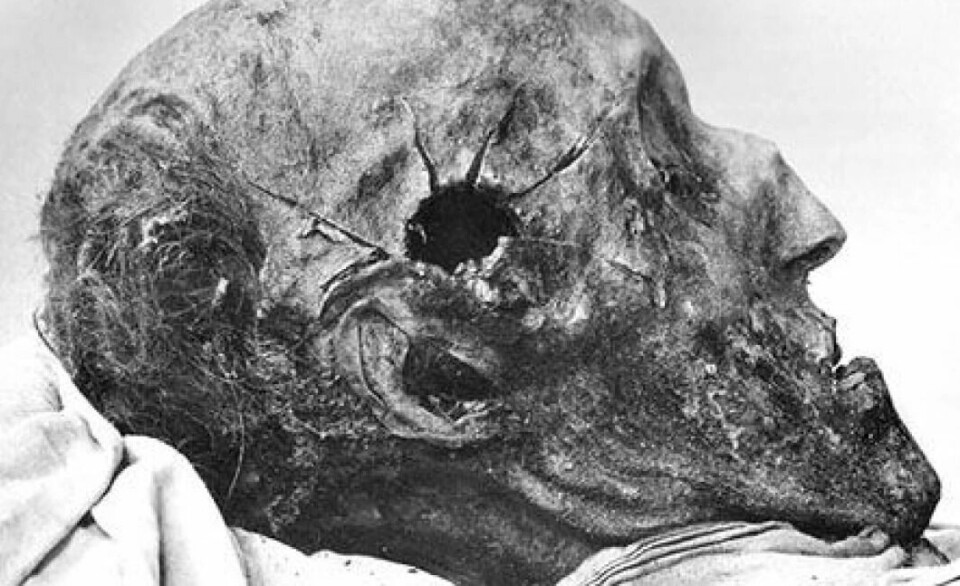
The Norwegian flag was designed by a 10-year-old
It could have looked completely different.
Why is the Norwegian flag red, white, and blue?
And why does it have a cross in the middle?
Several proposals were on the table before what we today know as the Norwegian flag was settled upon.
You can't sail without a flag!
On May 17th, Norwegians celebrate that the country obtained its own constitution in 1814. At the same time, it was decided that the country had the right to have its own Norwegian flag.
Or as it was written in very old Danish: "Norway has the Right to have its own Coffardie flag. Its Orlogs flag becomes a Union flag."
However, Norway did not have its own flag in the first years, and so used the Danish flag with the Norwegian lion. Or the Swedish flag with the Danish colours in a corner.
It was time for Norway to get its own flag.
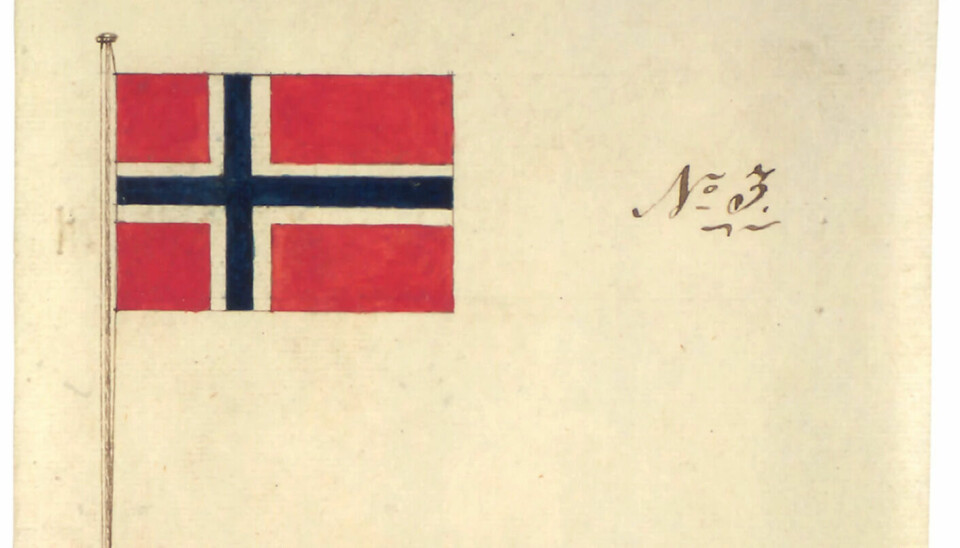
A 10-year-old designed the Norwegian flag
In 1821, Fredrik Meltzer came up with a proposal that ended up becoming the Norwegian flag.
But it wasn't him who had designed it. It was his 10-year-old son.
Fredrik Meltzer's great-great-grandchild told NRK this in 2010 (link in Norwegian).
“Originally, the Parliament had intended to go for a different flag,” Øyvind Ødegaard tells sciencenorway.no.
He is head of department at the National Archives, where the first flag drawing is kept.
For Fredrik Meltzer, it was important that the flag was in the colours of freedom. Just like the Netherlands, France, the USA, and Great Britain.
He wanted a cross following Scandinavian tradition. He believed that a red flag with a white cross would remind people of Denmark, and the blue colour would be a nice acknowledgement of the new union with Sweden.
Moreover, it was very easy for those who already had a Danish flag to just sew on the blue colour.
Back in the day, people made their own flags, so it was important that they were easy to make.

A seal of approval from the king
When the Norwegian Parliament had agreed on which flag would become the new Norwegian flag, it was sent to the king.
Since Norway was in union with Sweden, the Swedish king had to approve the new Norwegian flag.

“The funny thing is the note from the king, under the flag. He wrote: ‘gillas’. That’s Swedish and means ‘likes’. So we often like to say that this is the first ‘like’ already in 1821. But here, ‘gillas’ is the king's way of saying it is approved,” Ødegaard says.
Some wanted a green flag
Fredrik Meltzer was not the only one who proposed a flag.
Many proposals came in, and here there are significant differences among them.
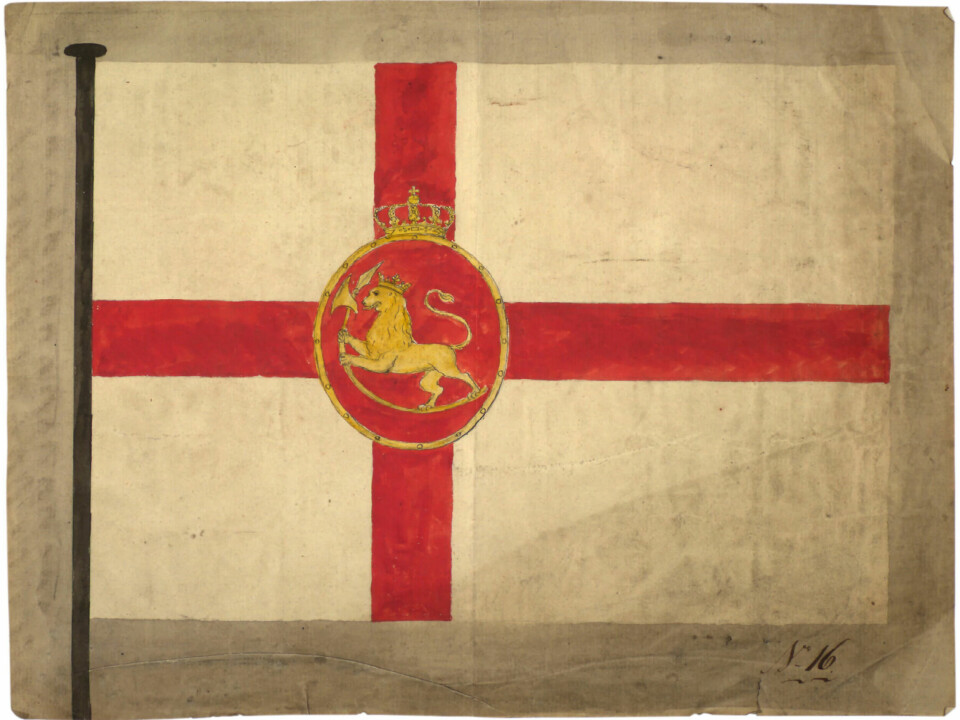
One proposal shows the lion, which is also used in the national coat of arms.
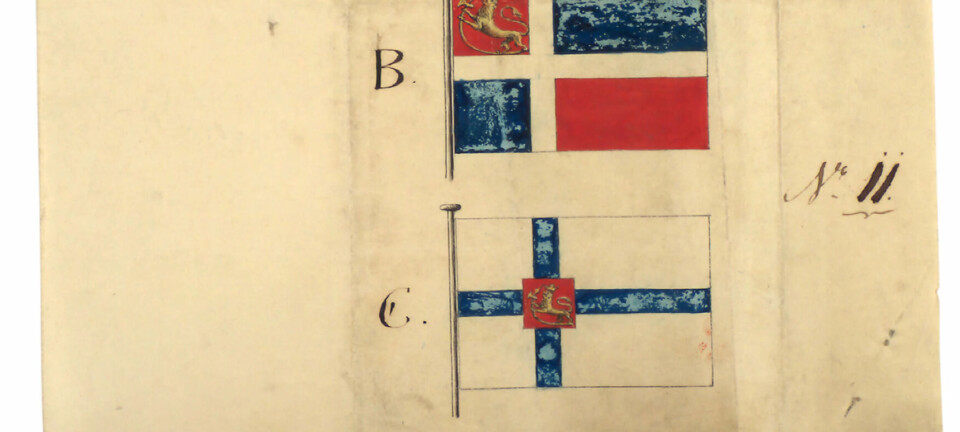
Another proposal bears some resemblance to the Finnish flag.
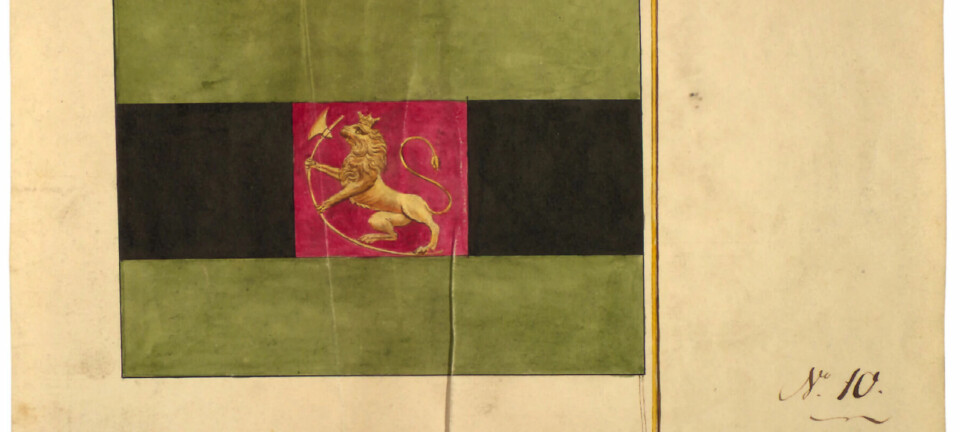
This proposal includes a lion, green, and black, quite a leap from the Norwegian flag of today.
Why a lion, why not a moose?
When you think of a typical Norwegian animal, you might think of a moose.
But in several flag proposals, there was a lion, and there is still a lion in the Norwegian national coat of arms today.
The national coat of arms is very old, so we have to go back in time.
“In the 12th - 13th centuries, kings and noblemen felt the need to have their own identity mark that they could put on their weapons or clothes. It was particularly necessary when they wore armor with a closed visor, and people didn’t know who was in front of them,” historian Ole Kristian Grimnes tells sciencenorway.no.
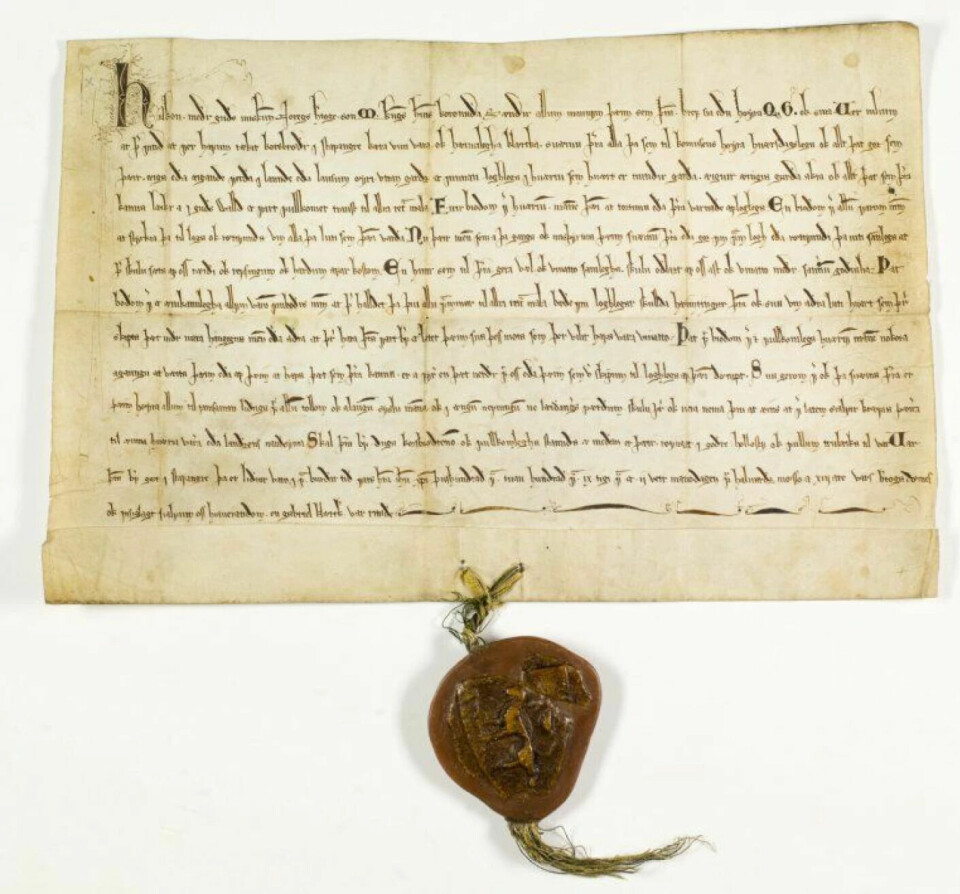
We have to go back to the 1280s when the national coat of arms was created.
King Eirik Magnusson is responsible for this.
Eirik Magnusson placed a crown on the lion’s head and an axe in its paw to show the connection with St. Olav, according to the Great Norwegian Encyclopedia.
But why not use a more typical Norwegian animal?
“’National’ animals like moose or bear were probably not on his mind. The lion was not unknown to Norwegians, even though very few had seen one with their own eyes,” Grimnes says. “They had heard about lions in the Bible, where it is mentioned countless times, through what they were told from the Crusades, and they could see it in art.”
———
Translated by Alette Bjordal Gjellesvik.
Read the Norwegian version of this article on ung.forskning.no
------










